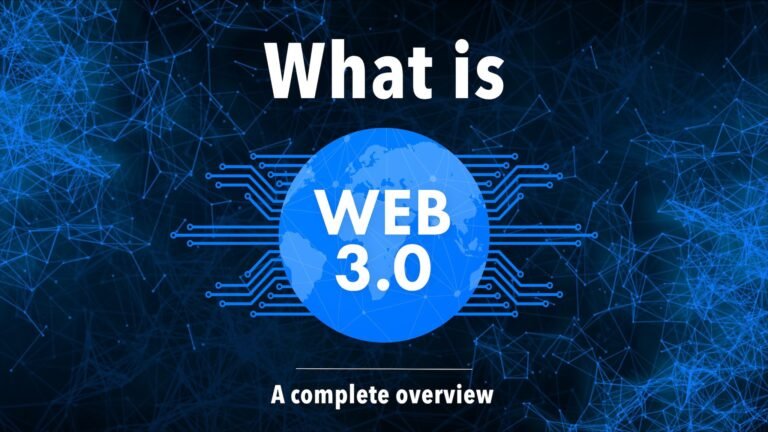Introduction to the Role of Technology in Climate Change Mitigation
Climate change poses a formidable challenge to the world, impacting ecosystems, weather patterns, and human societies. In the face of this global crisis, technology emerges as a key ally in the efforts to mitigate the effects of climate change. This article explores the pivotal role of technology in addressing environmental challenges and fostering sustainable solutions for a resilient future.
Solar power and its increasing efficiency
Solar power stands as a beacon of clean and renewable energy. Technological advancements in solar panels, energy storage, and efficiency improvements contribute to the growing viability of solar energy as a primary source of power.
Wind energy innovations and scalability
Innovations in wind turbine technology, from blade design to vertical-axis turbines, enhance the efficiency and scalability of wind energy. Harnessing the power of the wind becomes increasingly competitive as technology unlocks new possibilities.
Advancements in hydroelectric and geothermal technologies
Hydroelectric and geothermal energy play critical roles in the renewable energy landscape. Technological advancements in dam design, geothermal power plants, and extraction techniques contribute to the sustainable utilization of these resources.
The role of smart grids in efficient energy management
Smart grids leverage technology to optimize energy distribution, improve reliability, and enable bidirectional communication between utilities and consumers. This intelligent infrastructure enhances efficiency and resilience in power distribution.
Breakthroughs in energy storage technologies
Energy storage is crucial for balancing the intermittent nature of renewable energy sources. Advances in battery technologies, such as lithium-ion batteries and emerging alternatives, contribute to efficient energy storage and retrieval.
Enhancing grid resilience and reducing energy wastage
Smart grid technologies enhance grid resilience by detecting and responding to disruptions in real-time. By reducing energy wastage through advanced monitoring and control systems, smart grids contribute to a more sustainable energy infrastructure.
Techniques for capturing and storing carbon emissions
Carbon capture and storage (CCS) technologies aim to capture carbon dioxide emissions from industrial processes and power plants. Innovations in capture methods and storage solutions contribute to mitigating greenhouse gas emissions.
Implementations in industrial processes and power plants
CCS finds applications in various industrial processes, including cement and steel production, where emissions are challenging to eliminate. Integrating CCS into power plants helps reduce the carbon footprint of conventional energy generation.
Addressing the challenge of reducing greenhouse gas emissions
As a mitigation strategy, CCS contributes to achieving emission reduction targets, supporting industries in transitioning to more sustainable practices. The development of cost-effective and scalable CCS technologies is essential for widespread adoption.
The rise of electric vehicles and advancements in battery technology
The electrification of transportation through electric vehicles (EVs) relies on advancements in battery technology. High-energy-density batteries, fast-charging infrastructure, and ongoing research in solid-state batteries drive the transition to sustainable mobility.
Innovations in public transportation for reduced emissions
Beyond individual transportation, innovations in public transit contribute to emissions reduction. Electric buses, light rail systems, and multimodal transportation solutions enhance accessibility while minimizing environmental impact.
Emerging technologies in sustainable aviation and shipping
The aviation and shipping industries seek sustainable alternatives to traditional fossil fuel-based propulsion. Electric aircraft, hydrogen-powered planes, and wind-assisted shipping technologies offer promising avenues for reducing emissions in these sectors.
IoT applications and data analytics in agriculture
Precision agriculture harnesses the power of the Internet of Things (IoT) and data analytics to optimize farming practices. Soil monitoring, weather predictions, and crop health assessments enable resource-efficient and sustainable food production.
Precision farming techniques for resource optimization
Advanced technologies, such as drones and autonomous tractors, contribute to precision farming. These tools enable targeted application of resources, minimizing waste, and promoting environmentall.






